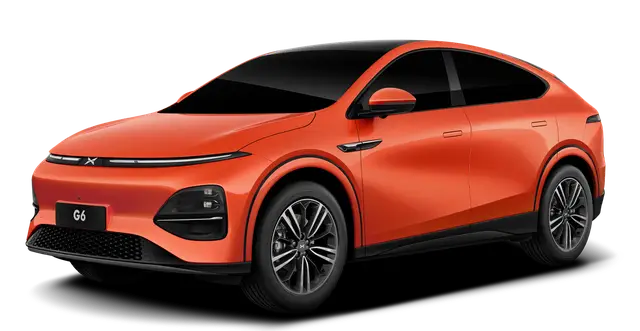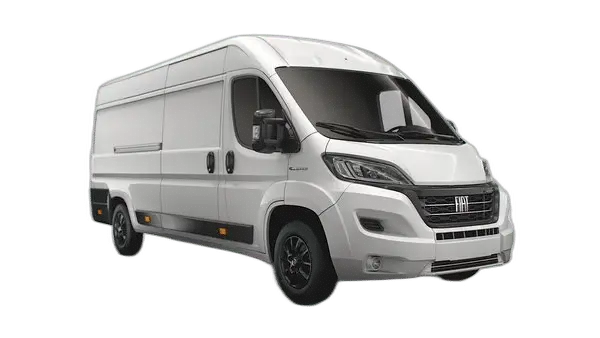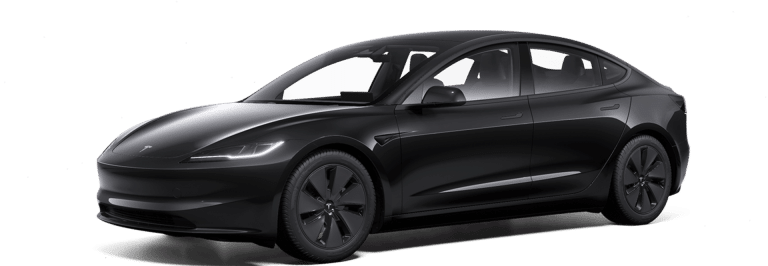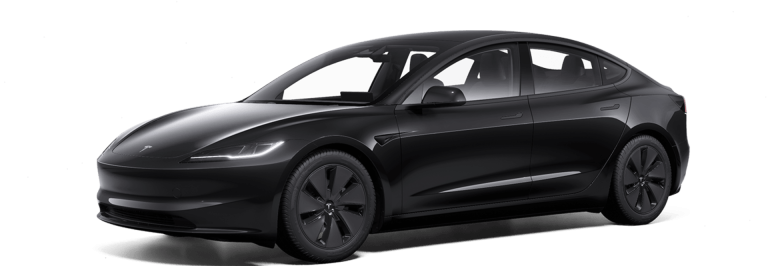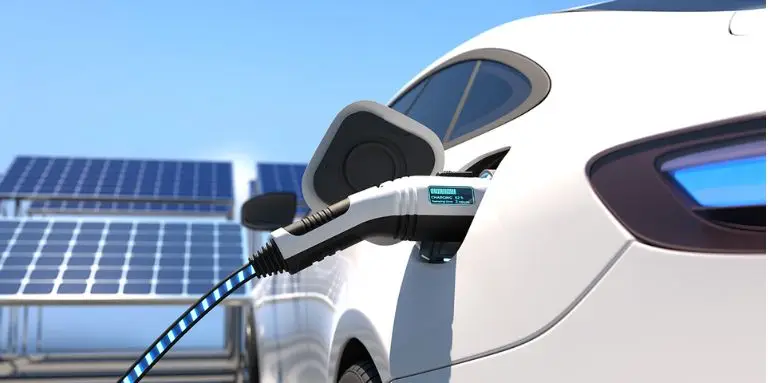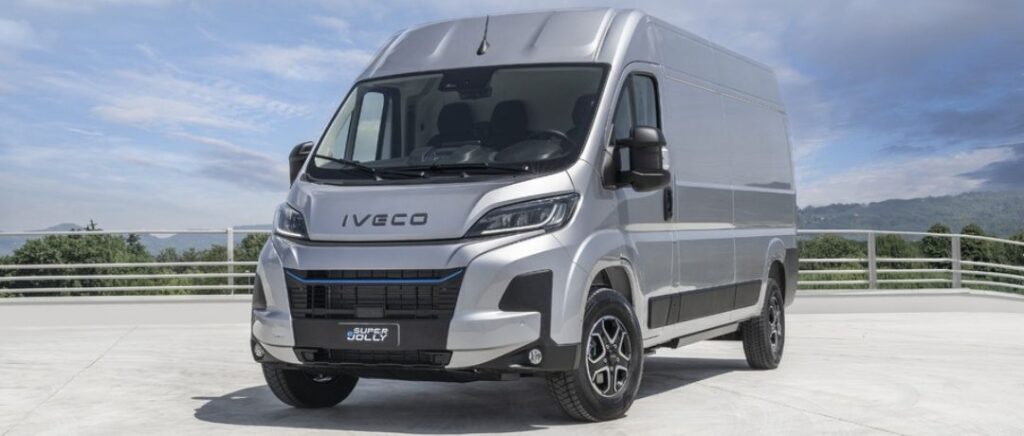What is CSR?
Corporate Social Responsibility (CSR) is the concept of how companies voluntarily integrate social and environmental concerns into their business activities and relationships with their stakeholders.
Corporate sustainability
Established in 2010, the ISO 26000 standard (the first international CSR standard to provide guidelines) is based on seven main principles: consumer-related issues,
- human rights,
- communities and local development,
- organizational governance,
- relations and working conditions,
- the environment,
- fair practices.
For companies, CSR means taking initiatives to promote respect for the environment and sustainable development. This is made possible by taking into account the interests of employees, customers and partners, as well as society as a whole.
As an SME, am I concerned by CSR?
All French companies, whatever their field of activity or size in terms of number of employees, are concerned by CSR. The issues of sustainable development and environmental protection concern all companies, large and small. What's more, since since 2019, French companies have been legally obliged to take ecological and human issues into account in the management of their activities.
What are the aims of CSR?
When a company embarks on a CSR initiative, it is highly beneficial to its business. Improving its brand image with customers and prospects directly boosts its results. Candidates applying for a position with a company are increasingly attentive to CSR criteria. An employer who is committed to an ecological approach is more likely to attract high-quality profiles.
What are the three pillars of CSR?
CSR is based on three main pillars:
- The environmental pillar: This concerns initiatives aimed at reducing the company's negative impact and preserving natural resources, for example by adopting eco-responsible practices (setting up a selective sorting system, awareness-raising workshops, etc.).
- The social pillar: This concerns actions in favor of employees, customers, suppliers, local communities and society in general. This applies to issues such as fairness, respect for human rights, diversity (non-discrimination policy) and inclusion.
- The economic pillar: This concerns corporate governance practices, particularly in terms of transparency, ethics, financial responsibility and contribution to the local economy.
Steps for implementing a CSR approach in your SME
Appoint a dedicated manager
An internal collaborator with management skills can be appointed. He or she will oversee the actions to be implemented throughout the project. An external expert can also be hired to deploy the CSR approach for an SME.
Conducting a strategic internal audit
This stage helps you understand your company's strategic objectives. It's important to understand your company's needs, and the actions to be taken (identify your challenges, determine priorities).
Drawing up an action plan
To effectively implement a CSR strategy, it is crucial to draw up a CSR action plan. This plan should define social and environmental objectives, qualitative and quantitative measures of success, and specific actions to be undertaken. It is important to prioritize these practices, focusing on actions with the greatest impact and a high return on investment (ROI).
In addition, the identification of stakeholders, such as customers, employees, suppliers, shareholders and investors, is necessary to the success of the CSR approach. The action plan will serve as a guide throughout the deployment of CSR practices, and should be monitored and reported on regularly to ensure the sustainability of the CSR policy.
Communicating CSR
Once actions have been initiated, the next step is to communicate them inside and outside the organization to ensure that everyone adheres to the new rules. This step not only helps preserve the company's image, but also enables it to reap the benefits of the new initiatives.
Monitor actions implemented
Finally, analyzing the results of your actions will enable you to verify their effectiveness. If the results are not in line with expectations, you'll need to adapt them to achieve your objectives.
Also read → Corporate Social Responsibility: definition and examples
Standards and laws to be complied with by a company
All companies have to comply with regulations. They are faced with new obligations concerning their vehicle fleets, with the aim of meeting today's ecological challenges. What are these laws and standards?
The Mobility Orientation Act (LOM)
Published on December 26, 2019 as part of the ecological transition the LOM aims to promote sustainable mobility and reduce greenhouse gas emissions. It includes provisions to promote cycling and walking, develop public transport and reduce car use.
The Climate and Resilience Act
The Climate and Resilience Act was unveiled on July 20, 2021. Its aim is to reduce greenhouse gas emissions and promote sustainable development. In the long term, the challenge is to reduce 40% in GHG emissions by 2030.
Also read → The Climate and Resilience Act in 4 measures
Low-emission mobility zones
Visit ZFE-m are zones where vehicles that do not meet certain environmental standards are restricted or banned. In many cities, low-emission zones have been set up to reduce air pollution.
The French Ministry of Ecological Transition has also specified that, in the 10 metropolitan areas (Greater Paris, Lyon, Aix-Marseille, Toulouse, Nice, Montpellier, Strasbourg, Grenoble, Rouen, Reims and Saint-Étienne) where air quality limits are regularly exceeded, traffic bans for vehicles with Crit'air 5 in 2023, Crit'air 4 in 2024 and Crit'air 3 in 2025 will be automatically implemented.
Also read → Low-emission zones: what impact for professionals?
Crit'Air stickers
The Crit'Air stickers stickers are mandatory in many French communes. They are used to indicate the environmental performance of vehicles. There are six categories of sticker, and the higher the number, the more polluting the car. Vehicles with high emissions are then subject to restrictions or bans in certain zones.
To circulate in the ZFE-m and during these limits, all cars, including those used for commercial purposes and those of professional fleets, must display the Crit'Air sticker. It is compulsory for all models (commercial vehicles, combustion-powered cars and heavy goods vehicles).
The greening of vehicle fleets
With the new regulations concerning greening of vehicle fleets, companies are obliged to switch to electric electric vehicles.

Source : Ministry of Ecological Transition
Article 103 of the law, passed on August 22, 2021, even envisages a total ban on the sale of new combustion-powered cars emitting more than 123g of carbon dioxide per kilometer by January 1, 2030. Finally, in 2035, the law envisages the sale of combustion-powered vehicles in the European in the European Union. A large-scale development of electric recharging stations throughout France is planned.
WLTP standards
The WLTP (Worldwide harmonized Light Vehicles Test Procedures) are a set of European Union regulations designed to improve the accuracy of vehicle emissions testing. As of March 1, 2020, the new WLTP procedure has replaced the old NEDCprocedure, which had been used in France since 1973.
These regulations require vehicles to undergo more rigorous testing to ensure they meet emissions standards. The aim is to introduce a new test cycle and enable standardized comparison of vehicles on the basis of common indicators. This protocol also serves as a reference for calculating the tax on company vehicles and registration taxes.
Also read → WLTP standard: definition and changes for corporate fleets
What is the relationship between CSR and fleet greening?
CSR shows that a company is committed to environmental issues. Of course, there is no legal obligation for companies to integrate the fight against climate change into their CSR, but the LOM (Mobility Orientation Law), for example, strongly obliges them to do so. CSR influences both the company's activities and its ambitions in terms of low-emission mobility.
The common goals of CSR and fleet greening
CSR and fleet greening may appear to be different initiatives, but they share common objectives. They both aim to :
- reduce environmental impact and
- to improve social responsibility.
By electrifying your fleet, you can :
- reduce your carbon footprint,
- improve air quality,
- contribute to the energy transition.
By adopting a CSR strategy, you can :
- engage with your stakeholders,
- improve your reputation,
- building a sustainable company.
Nevertheless, a company's profitability should not be put aside when undertaking a CSR policy.
Get a car policy with Beev!
Need a car policy for your company? Beev offers you a free personalized car policy for your company.
How can CSR transform a car fleet into a sustainable one?
By renewing its vehicle fleet with electric vehicles, corporate social responsibility (CSR) plays an important role. It also encourages SMEs to adopt more eco-responsible practices.
Reduce your carbon footprint by setting targets
Setting greenhouse gas emission reduction targets is a key step for any company wishing to electrify its fleet. fleet. This is even more the case if you're an SME looking to strengthen your commitment to sustainable development. For example, the French Law on Mobility (LOM) encourages companies to set targets such as the gradual replacement of combustion-powered vehicles with electric cars over the next few years.
It can also work with suppliers and partners who favor eco-responsible practices (use of recyclable materials, for example) and who have a low carbon footprint footprint throughout their activity.
By setting these objectives, the company is committed to reducing its environmental impact while improving its CSR performance.
Set up a recharging infrastructure
A company that decides to electrify its vehicle fleet must start by identifying suitable locations for the installation of a charging infrastructure (company parking lot or nearby public charging stations).
By installing charging stations at strategic locations, drivers will find it easier to recharge their electric vehicles during working hours or when out and about. Companies can also consider installing charging stations at the homes of employees who use their vehicles for business purposes.
The installation of a charging infrastructure infrastructure requires careful planning to ensure that the charging points are well located and compatible with the electric vehicles used by the company. In addition, the company must plan for installation, maintenance and power supply costs to ensure that the infrastructure remains viable over the long term.
By setting up a recharging infrastructure, the company encourages the use of electric vehicles in its fleet, reduces operating costs and lowers its carbon footprint.
Encourage the adoption of electric vehicles with incentives
Providing training for your company's employees encourages the adoption of electric vehicles. This can include advice on recharging techniques, maintenance and basic troubleshooting (checking a battery's state of charge, replacing a faulty battery, etc.).
For example, online or face-to-face training will help your employees understand how to save energy by driving more smoothly and regularly. It can also provide recommendations on how to plan journeys efficiently using existing charging stations. Training is a good way of supporting the transition to clean-energy vehicles. It's also a good way of improving your team's satisfaction and loyalty.
Conclusion
CSR therefore plays an important role in the transition to a more sustainable vehicle fleet. By focusing on responsible and sustainable business practices, companies reduce their environmental impact. Initiatives such as adopting electric vehicles and implementing eco-friendly driving practices help raise employee awareness and reduce greenhouse gas emissions. This will help green your fleet.


